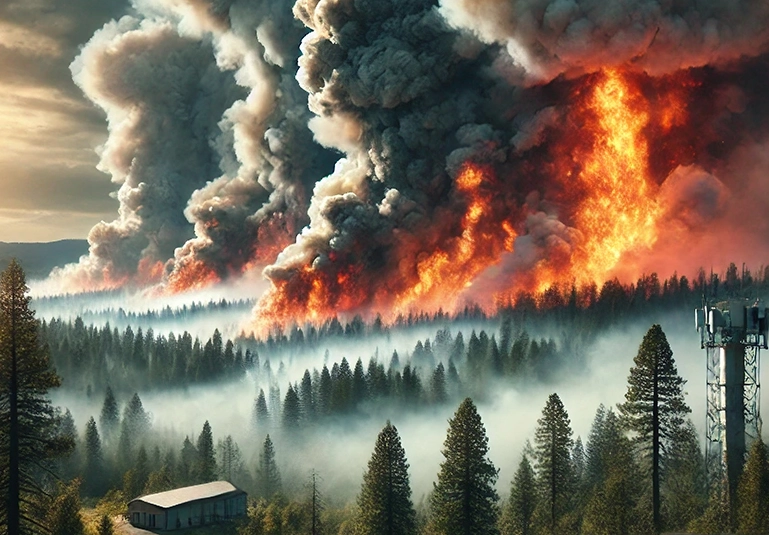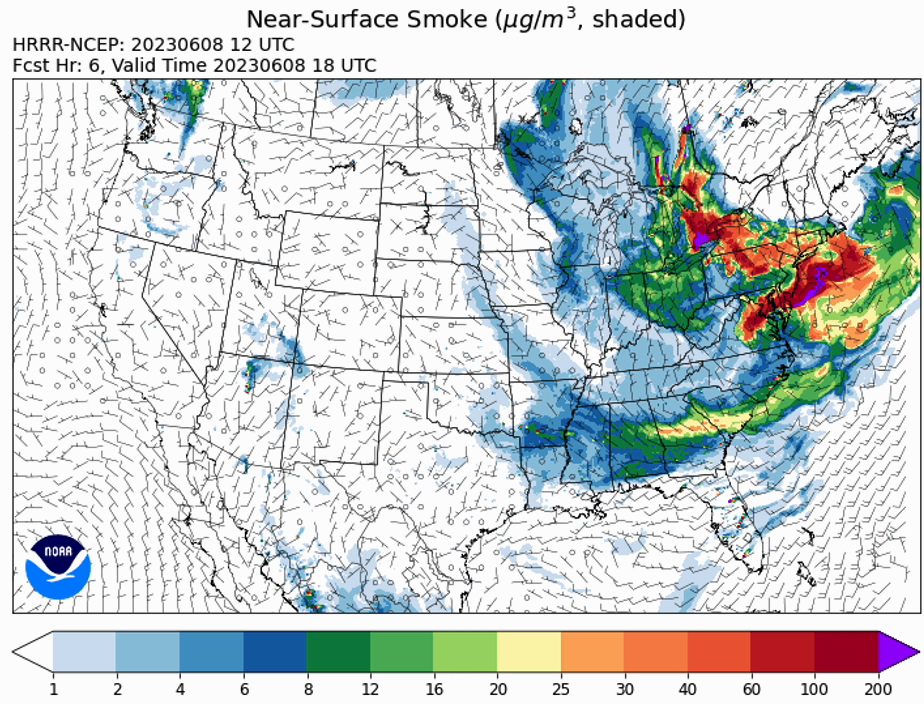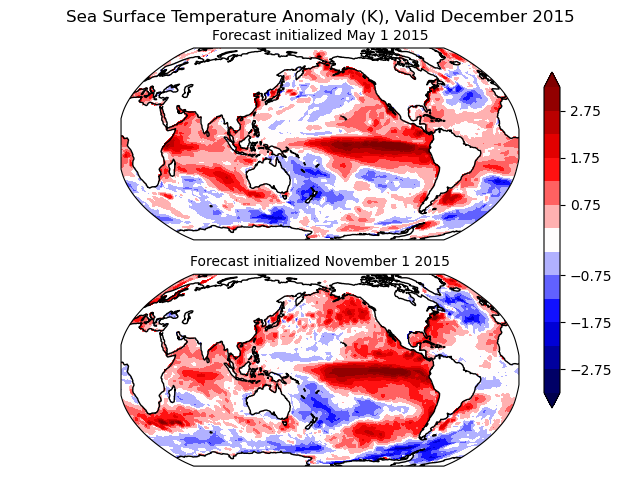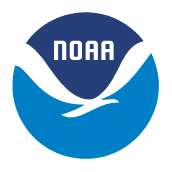Who We Are
GSL's EPAD develops, assesses, and applies Earth system prediction models. EPAD works at local to global and hourly to seasonal scales. EPAD also has a focus on advancing the science and technology of these modeling systems that demand massive amounts of computing.
EPAD aligns with the GSL Strategic Plan Goal 2: Develop state-of-the-art Earth-system prediction capabilities









